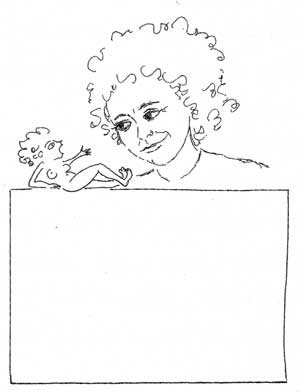Close Encounters: Siri Hustvedt with Jarrett Earnest
Her latest book, A Woman Looking at Men Looking at Women (Simon & Schuster, 2016), brings together her uniquely nuanced, knowledgeable, and sophisticated approach to interdisciplinary readings of science, art, and the humanities. She spoke with Jarrett Earnest about early visual influences, synesthetic experiences, and the “socio-psycho-biological” construction of a self.
Jarrett Earnest (Rail): There is an essay in your newest book where you offhandedly say that your mother used to call you “too sensitive for the world”—I’m wondering about that, and how it relates to your early aesthetic experiences.
Siri Hustvedt: That particular essay, “Becoming Others,” is about my mirror-touch synesthesia, a form of synesthesia that wasn’t named until 2005, although obviously people have been walking around with it forever. It’s a physiological phenomenon: if I see another person slapped on the cheek, I have a sensation in my own cheek. I also have strong physical responses to colors—once while looking at a shade of turquoise in Iceland I had a revolting crawling sensation all over my body. Everyone responds to color, but my mirror-touch sensations probably exaggerate the response. At the same time, I can’t jump out of myself and check what it is like for you. When I was growing up, it never occurred to me that other people didn’t feel what they saw.
Read the rest of the interview.
